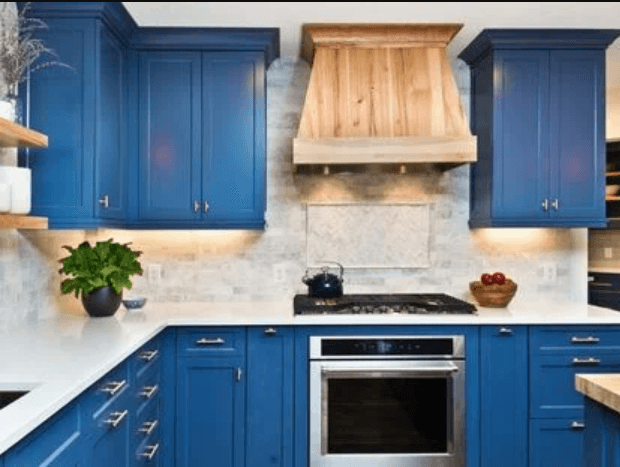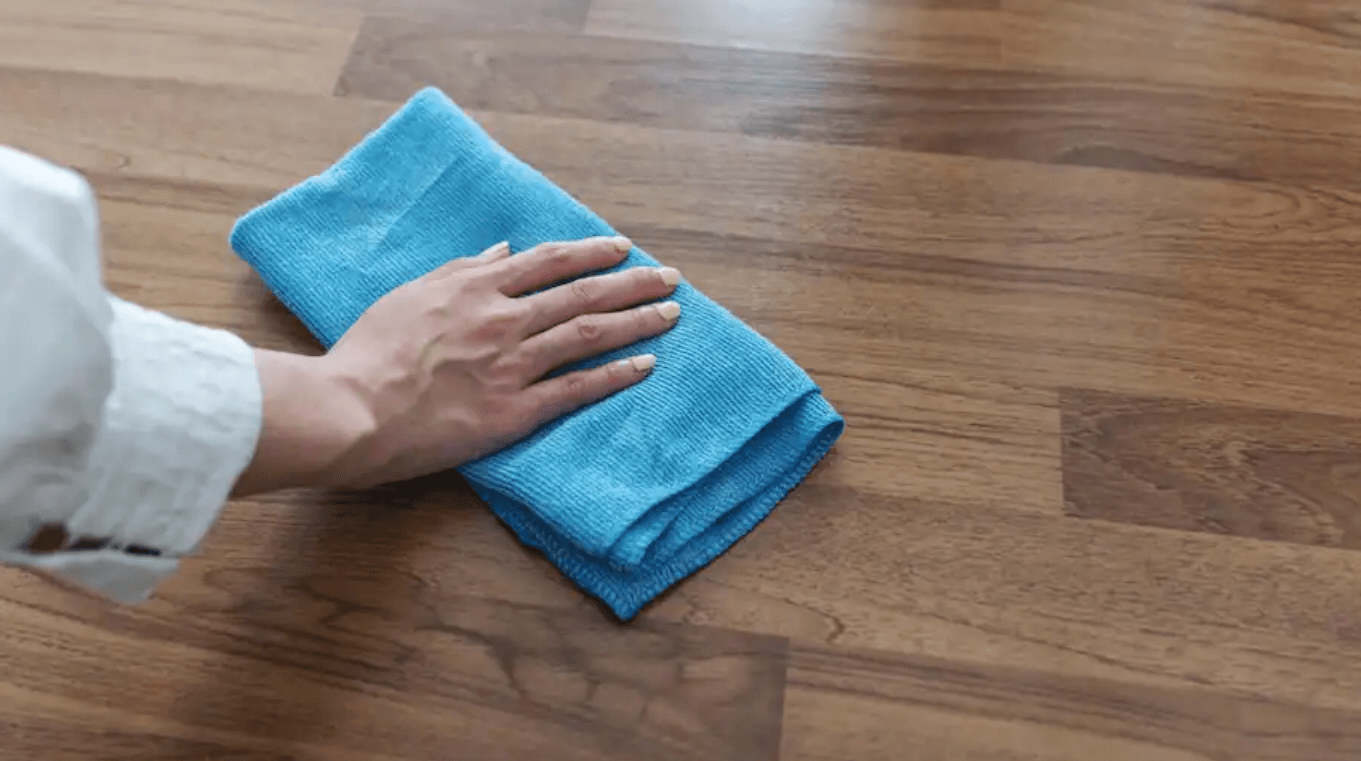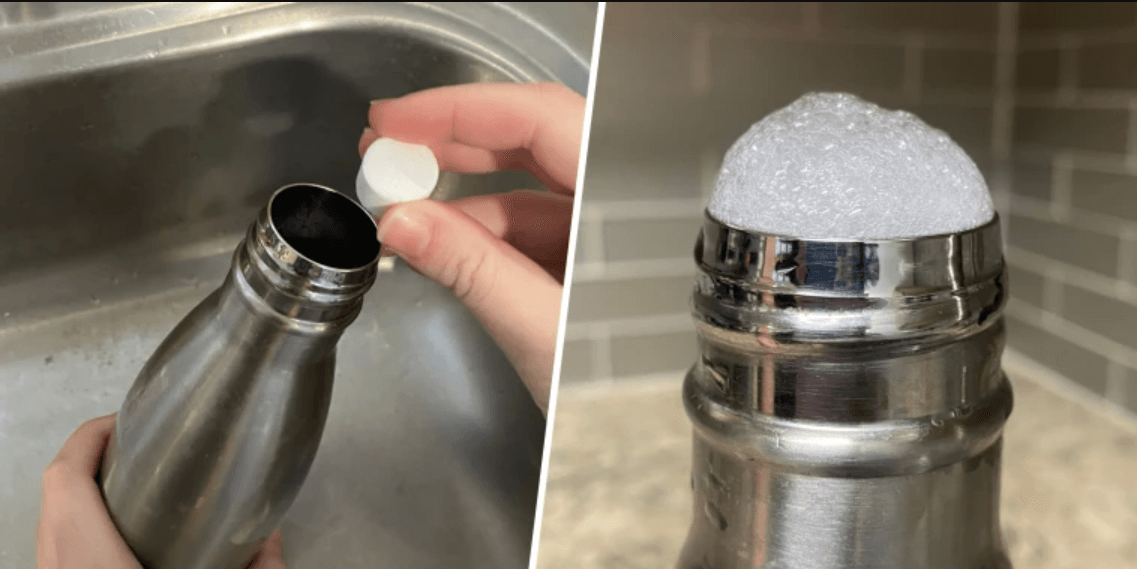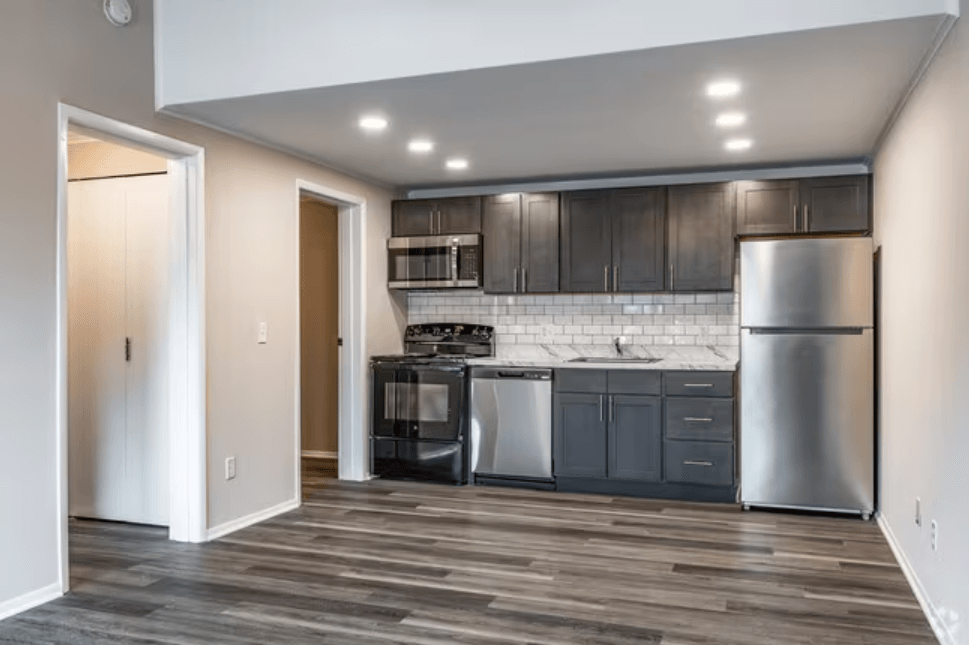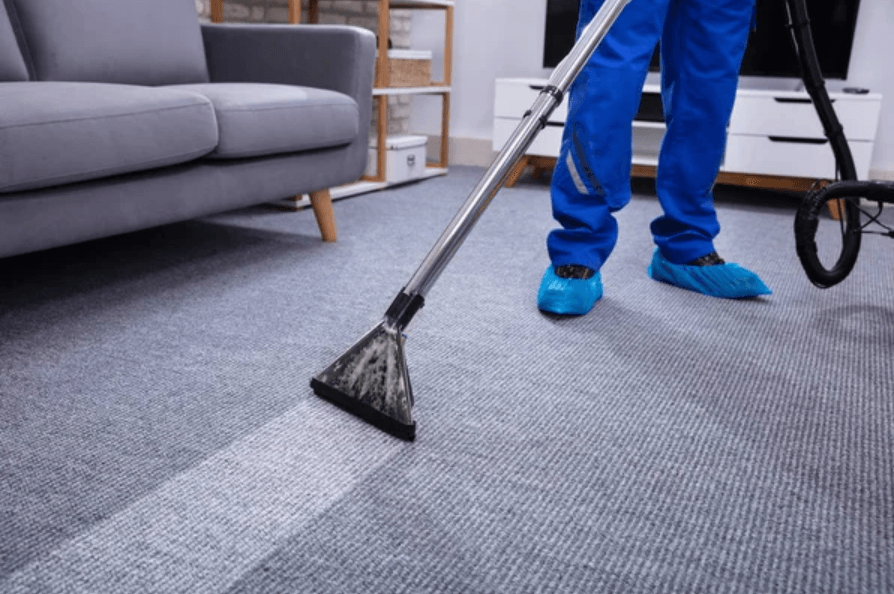Before you embark on that exciting journey of paint, there’s a crucial step you shouldn’t skip: cleaning. In this guide, we’ll explore the significance of cleaning cabinets before painting and provide you with a comprehensive step-by-step process to ensure your paint job stands the test of time.
Why Cleaning Matters
Cleaning your cabinets before painting serves more than just an aesthetic purpose. It lays the foundation for a successful paint application by ensuring a smooth surface and improving paint adhesion. Neglecting this step might lead to peeling, uneven paint, and a finish that falls short of your expectations.
Materials Needed
Gathering the right materials is key to a successful cabinet cleaning venture. You’ll need suitable cleaning solutions, ranging from gentle wood cleaners to tougher degreasers, and tools such as microfiber cloths, sponges, and vacuum cleaners.
Step-by-Step Guide
- Removing Cabinet Contents
Start by emptying your cabinets to make the cleaning process more manageable. This also allows you to access all surfaces and corners. - Dusting and Vacuuming
Dust and debris can accumulate over time, so thoroughly dust and vacuum your cabinets to ensure a clean starting point. - Grease and Grime Removal
Cabinets near stoves or in busy kitchens may have accumulated grease. - Choosing the Right Cleaning Solution
Different cabinet materials require different cleaning solutions. Ensure you choose a product suitable for your cabinet type. - Application and Scrubbing Techniques
Apply the cleaning solution using an appropriate method, whether spraying or applying with a cloth. Use gentle scrubbing techniques to remove stubborn stains. - Drying Cabinets Thoroughly
This ensures that the paint adheres properly.
Common Mistakes to Avoid
- Skipping the Cleaning Step
Some might be tempted to skip cleaning, especially if cabinets appear clean. However, invisible residues can affect the paint job. - Using the Wrong Cleaning Agents
Using harsh chemicals on delicate surfaces or vice versa can damage your cabinets. Always check the compatibility of the cleaning solution with your cabinet material. - Neglecting Hidden Areas
Don’t forget to clean hidden areas like hinges, corners, and edges. Neglecting these spots can compromise the overall cleanliness.
Benefits of a Clean Surface
Ensuring a clean surface before painting isn’t just about aesthetics; it’s about longevity. A well-prepared surface guarantees your paint job will withstand daily wear and tear, providing a professional finish that lasts.
Tips for Different Cabinet Materials
Different cabinet materials require different care. Wood cabinets may need special attention to avoid water damage, while laminate and metal cabinets have their unique cleaning challenges.
When to Seek Professional Help
If your cabinets exhibit extensive damage or if you’re short on time, seeking professional help might be the best course of action.
DIY vs. Professional Cleaning
Consider the cost, time, and effort involved in DIY cleaning versus hiring professionals. While DIY can be cost-effective, professionals bring a level of expertise that ensures a thorough and efficient cleaning process.
Case Studies
Learn from the experiences of others. Discover success stories from DIY cleaners who achieved stunning results and lessons learned from painting disasters that could have been avoided with proper cabinet preparation. Read more…
Environmental Impact of Cleaning Products
Explore eco-friendly alternatives to reduce your carbon footprint and contribute to a more sustainable painting process.
FAQs
- Can I skip cleaning if my cabinets look clean?
It’s not advisable. Even seemingly clean cabinets can have invisible residues that affect paint adhesion. - What’s the best cleaner for wooden cabinets?
Use a gentle wood cleaner to avoid damaging the surface. Always check for compatibility. - How long should I wait before painting after cleaning?
Ensure your cabinets are completely dry before starting the painting process. This typically takes a few hours to overnight. - Can I use household products for cabinet cleaning?
Some household products may work, but it’s essential to choose products suitable for your cabinet material. - Is professional cabinet cleaning expensive?
The cost varies but consider the time and effort saved, along with the expertise professionals bring to the table.
Conclusion
In the world of cabinet painting, preparation is key. Cleaning your cabinets before painting sets the stage for a successful and long-lasting paint job. Whether you choose the DIY route or opt for professional assistance, ensuring a clean surface is a small investment with significant returns in the form of a stunning and durable finish.







